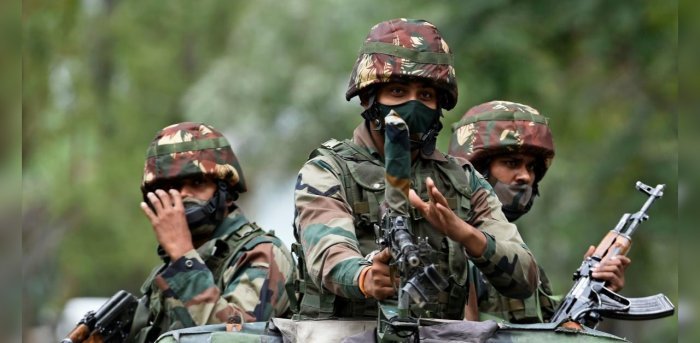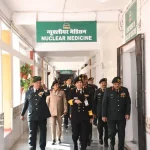In a significant escalation of the ongoing conflict between Indian security forces and Maoist rebels, seven insurgents were killed during a fierce gun battle in the Bastar region of Chhattisgarh state, an area known as the heartland of the Naxalite movement. This clash represents the Indian government’s intensified efforts to dismantle the long-standing insurrection that has led to over 10,000 deaths over the decades.
The Maoists, who advocate for the rights of marginalized indigenous populations in India’s resource-rich central regions, have faced increasing pressure from security forces in recent years. Official government reports indicate that more than 200 rebels have been killed in various encounters throughout this year alone, highlighting a significant uptick in military operations against the insurgents.
During the recent confrontation, police inspector general P. Sunderraj confirmed the recovery of seven bodies of the deceased rebels, who were identified by their uniforms. The search operations continue, and authorities anticipate that this number may rise as investigations progress into the incident.
In a stern warning issued last September, Indian Home Minister Amit Shah urged the Maoist factions to surrender or prepare for an “all-out” offensive. Shah projected that the government aims to eradicate this insurgency by early 2026, signaling a determined approach to what has been characterized as one of the country’s most enduring and complex conflicts.
The Naxalite movement traces its origins back to 1967 in the Naxalbari district and has been influenced by Marxist-Leninist principles, particularly those articulated by Chinese revolutionary leader Mao Zedong. The group’s primary demands center around land, employment, and equitable access to the vast natural resources of the regions where they operate. They have established a presence in numerous remote communities across eastern and southern India, capitalizing on local grievances regarding land rights and economic development.
Despite the movement experiencing growth and gaining support through the late 1990s and early 2000s, the Indian government responded with a massive deployment of security forces in an area commonly referred to as the “Red Corridor.” This strategy, combined with significant investments in local infrastructure and community development projects, has contributed to a decline in the movement’s influence over recent years.
As the conflict continues, the dynamics of the insurgency and the government’s responses remain critical issues not only for national security but also for regional stability and the rights of indigenous populations. The recent surge in military actions against the Maoists suggests an escalating commitment by the Indian government to restore order in areas that have long been affected by violence and unrest.













